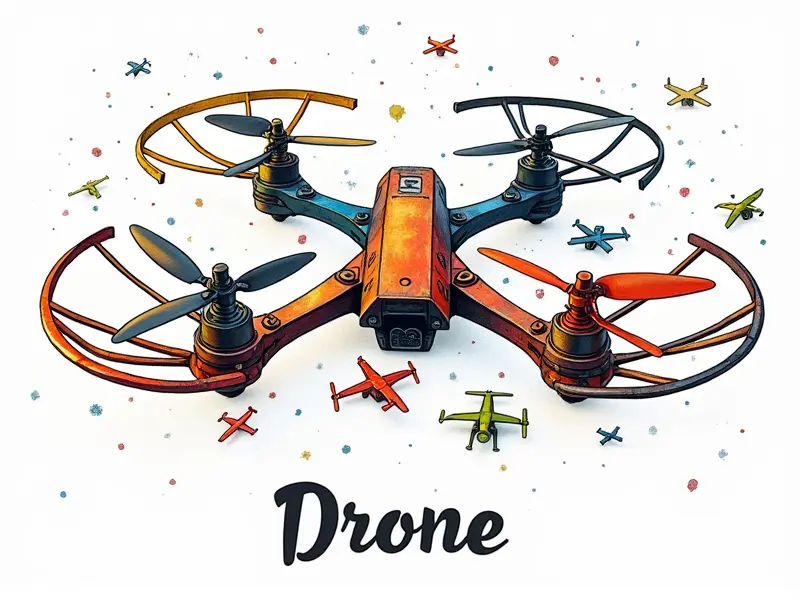Do repair drones have cameras?

Why Repair Drones Use Cameras
The integration of cameras in repair drones significantly enhances their functionality and efficiency. These high-tech devices are designed to perform tasks that would otherwise be challenging or impossible for humans, such as inspecting hard-to-reach areas, conducting detailed visual assessments, and providing real-time data.
How Cameras Enhance Repair Drone Performance
- Data Collection: Cameras enable drones to gather comprehensive visual information about the condition of infrastructure or equipment. This includes identifying wear and tear, corrosion, structural issues, and other anomalies that require repair.
- Real-Time Monitoring: With cameras, operators can monitor repairs in real-time, ensuring that all steps are being carried out correctly and efficiently without the need for physical presence on-site.
Importance of Cameras for Repair Drones
The importance of cameras in repair drones cannot be overstated. They facilitate remote inspection, which is crucial for maintaining safety standards and operational efficiency. Without cameras, many critical tasks would either require human intervention or go unmonitored.
Camera Functionality in Repair Drones
- High-Resolution Imaging: Modern repair drones are equipped with high-resolution cameras capable of capturing detailed images and videos. This ensures that even the smallest details can be seen clearly, aiding in accurate diagnosis.
- Night Vision Capabilities: Some advanced models feature night vision or infrared cameras to operate effectively during low-light conditions, extending their operational hours.
Are Cameras Essential in Repair Drones?
Cameras are indeed essential for repair drones. They provide the necessary visual data that operators need to make informed decisions about maintenance and repairs. Without cameras, the ability of these drones to perform their intended functions would be severely compromised.
The Role of Cameras in Repair Drones
- Visual Inspection: The primary role of cameras is to conduct thorough visual inspections, which are vital for identifying potential issues before they become major problems.
- Data Transmission: Captured images and videos can be transmitted back to a control center or cloud storage system for analysis by maintenance teams.
Benefits of Cameras on Repair Drones
- Increase Safety: By reducing the need for human workers to enter hazardous environments, cameras help improve safety standards and reduce risks associated with manual inspections.
- Cost Efficiency: Remote inspection capabilities mean less downtime due to maintenance activities, translating into cost savings over time.
Do Repair Drones Benefit from Cameras?
The answer is unequivocally yes. Repair drones benefit immensely from the inclusion of cameras as they enable them to perform their duties more effectively and safely. The data collected through these devices provides invaluable insights that can prevent costly breakdowns and extend the lifespan of assets.
Can Repair Drones Function Without Cameras?
Theoretically, repair drones could function without cameras; however, this would severely limit their capabilities. They would be unable to conduct detailed inspections or provide real-time data feedback, making them far less effective in performing maintenance tasks.
Necessity of Cameras in Repair Drones
The necessity of cameras for repair drones is a given due to the critical role they play in ensuring safety and operational efficiency. Without cameras, these drones would struggle to meet the demands placed upon them by industries such as construction, energy, and transportation.
Camera-less Repair Drones: Possible or Not?
The concept of camera-less repair drones is largely impractical. While it might be possible for some basic maintenance tasks, advanced inspection and repair operations would require visual data that only cameras can provide. Therefore, the absence of cameras significantly diminishes their utility.
Conclusion
In summary, repair drones are highly dependent on cameras to fulfill their primary functions effectively. From conducting detailed inspections to providing real-time data feedback, cameras play a crucial role in enhancing safety and operational efficiency across various industries. While it is theoretically possible for repair drones to operate without cameras, the practical limitations make this scenario impractical and less beneficial.

